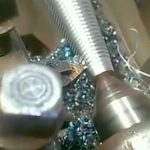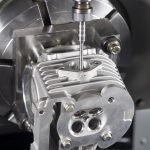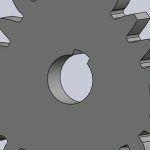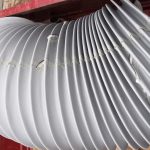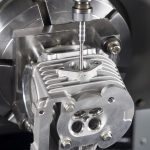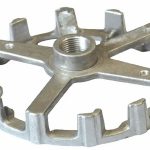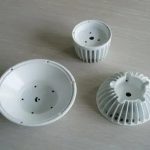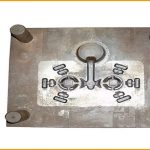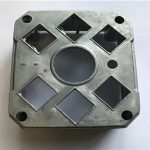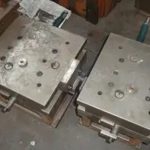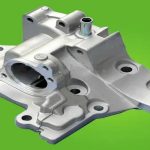The normal blast furnace operation type is characterized by smooth inner wall surface and stable slag skin. However, in actual blast furnace production, due to the influence of changes in the slagging system, charging system, air supply system, thermal system, and external raw materials, the blast furnace operating furnace model will undergo changes such as sticking or slag peeling, which will affect the blast furnace. This will cause serious slag peeling, which will also cause large-area damage to the cooling stave.
The main factors of furnace wall adhesion are:
1. The raw material contains high powder content, the edge gas flow does not develop, and the edge pipeline occurs;
2. The slagging system is unstable, the slag performance changes greatly, and the slag-iron fluidity is poor, which is easy to cause the furnace wall to stick;
3. Poor furnace temperature control, large fluctuations, and frequent fluctuations of the blast furnace soft melting zone;
4. Long-term smelting of high-silicon and low-sulfur iron is high, and the slag fluidity is poor;
5. Cooling wall leakage or changes in cooling water pressure and water temperature cause excessive cooling intensity;
6. The cloth system is unreasonable, resulting in local edge airflow or edge ducts.
The main factors that cause the slag skin of the furnace wall to fall off in a large area are: the air supply system and the charging system are unreasonable, and the edge airflow develops; the change of the cooling system causes the cooling intensity to be low, and the stable slag skin cannot be formed.
When the furnace conditions change, measures must be taken in time. The general control methods adopted are:
1. The distribution characteristics determine the gas flow distribution, which in turn determines the distribution of the temperature field in the furnace and the shape and position of the reflow zone. Especially the reflow behavior of the charge at the furnace wall will cause the slag skin to thicken or fall off. The adjustment of the distribution system and effective control of the distribution of gas flow are important means to restore the blast furnace type to normal.
When the furnace wall is stuck, the main measures should be taken to lay the edge, and the edge airflow should be properly developed. When the slag skin falls off the furnace wall, edge pressure measures should be taken to control the edge gas flow.
2. Control the furnace temperature and slag basicity, treat furnace wall adhesion, appropriately control the furnace temperature at the upper limit level, strictly forbid low furnace temperature operation, lower the slag basicity, and the sulfur content of pig iron is mainly second-class iron to ensure good The fluidity of slag iron.
3. Control the cooling intensity. When the slag skin is not easy to form when the slag skin falls off, the water pressure should be increased to increase the cooling intensity of the part. When bonding occurs, the water pressure should be appropriately reduced to reduce the cooling strength of the part.
4. When dealing with the adhesion of the lower part, properly wash the furnace
Please keep the source and address of this article for reprinting:Summary of changing factors and control methods of blast furnace type
Link to this article:Summary of changing factors and control methods of blast furnace type
Reprint Statement: If there are no special instructions, all articles on this site are original. Please indicate the source for reprinting:Mold Wiki,Thanks!^^

